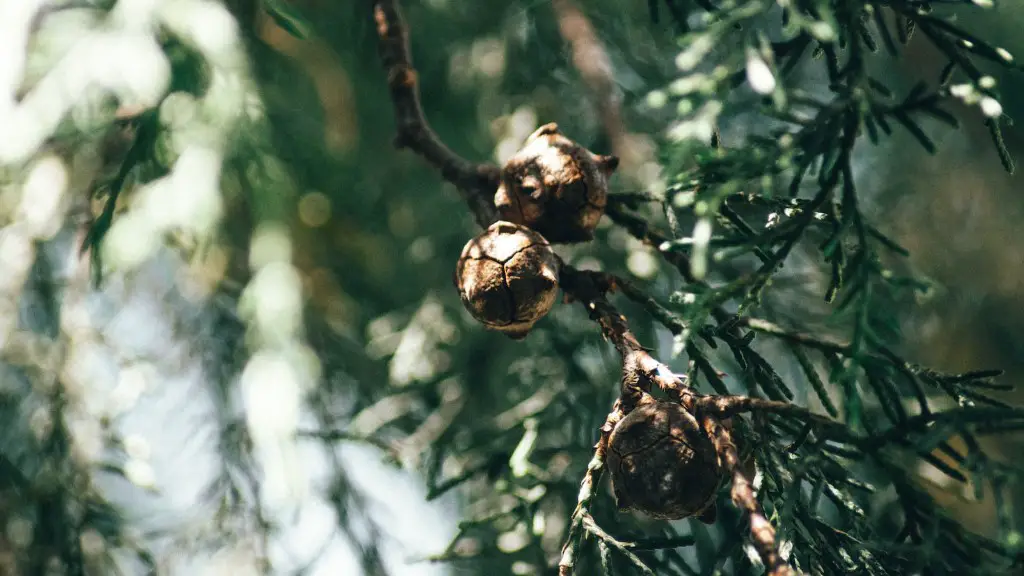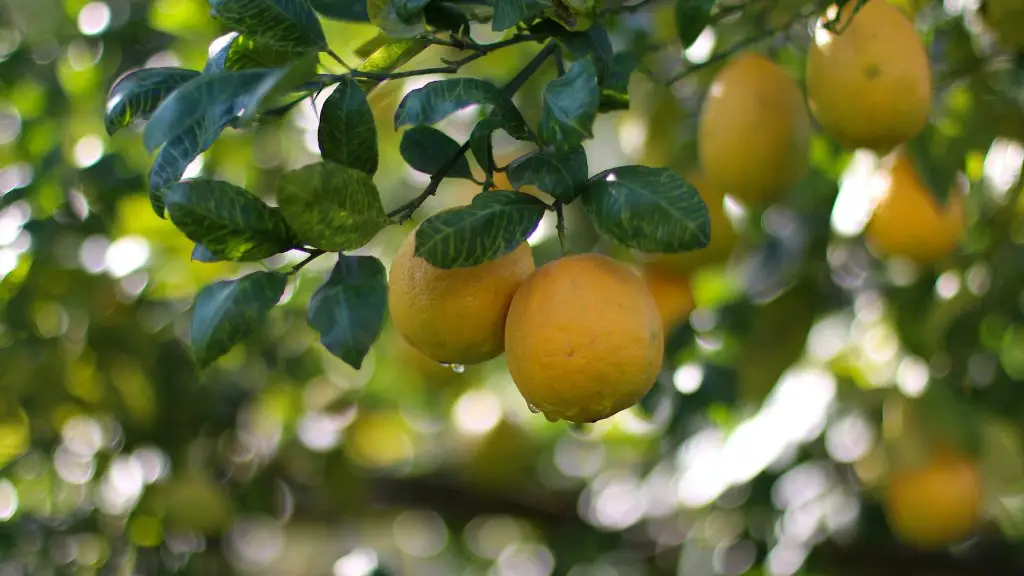Gathering Information
Creating your own palm tree might seem like a pretty daunting task, but it’s actually not that hard – as long as you have the right resources and know-how. The first step is to find out all about palm trees, their natural habitats, and why people might want one in their own space. Learn about different species, what soil conditions they prefer, and the type of temperatures they can withstand. Take a closer look at the shapes and sizes of palm trees; some species have tend to be longer and slimmer while others start out short and wide in the trunk.
You’ll also want to find out what the best kind of soil is for your specific palm tree. Different species of palms require different conditions in order to grow and flourish. Knowing the optimal fertilizer, soil pH and other details such as drainage and sun exposure will help ensure that your palm tree will thrive.
Making a Plan
Before you start, it’s important to make a plan. Choose a spot for your palm tree; consider how big the tree will eventually grow and make sure to leave plenty of room for its roots to take hold. Having a proper plan in place and understanding the palm tree’s needs ahead of time will make the job of actually planting the tree much easier.
Do some research to determine what species of palm will best fit your climate. Some are better suited to warmer weather and some to cooler, so know the temperatures of your area and what variety it can support. Consider the amount of sunlight, water and air flow as this is essential for a healthy tree. If purchasing an already potted tree, make sure to read the label and note its growth height, conditions and needs.
Gathering Needed Materials
Once you have your plan in place, you can focus on gathering the materials you will need. First, you will need to find or buy the right soil that is best suited to your particular palm tree and its climate. Invest in a soil pH test kit to make sure that the soil is the correct pH levels for the type of tree. Find out about the type of fertilizer you will need, as you’ll need to feed the palm tree more nitrogen than other tree species.
You’ll want to get a good quality potting mix to aid in the drainage of the soil and aerate the root system of the tree. This mix should include a blend of sand, vermiculite, and/or perlite. Make sure to purchase fertilizer tailored to the specific needs of your palm tree.
Planting
Now it’s time to actually plant your palm tree. Start by digging a hole that is larger and deeper than the root ball of the tree. Place the tree in the hole and backfill some of the soil. Make sure to pack it around the roots firmly, leaving just enough space for the mix to settle. Gently press the soil with your hands, being careful not to damage the roots.
Then gradually backfill the hole with the appropriate amount of soil and fertilizer mixture, making sure to keep the soil moist but not soggy. Once the soil is packed, thoroughly water the tree and make sure to spread the nutrients evenly when fertilizing. Place a small wooden stake in the ground to help keep the tree stable.
Caring for Your Palm Tree
Now that your palm tree is planted, it’s time to properly care for it. Be sure to give it plenty of sunlight, and make sure to keep the soil moist. You may want to consider installing a water-saving irrigation system, as this will help keep your tree healthy and happy. When applying fertilizer, make sure to regulate the amount based on the type of palm tree and its particular needs.
Be sure to check the palm tree regularly for signs of insect damage or disease. Trim or remove dead or damaged leaves to help promote healthy growth. Regularly water and fertilize your palm tree as needed and make sure to provide proper drainage, using a mixture of coarse compost and sand.
Detecting & Troubleshooting
As with any plant, there can be times when things go wrong with your palm tree. If the tree is not growing or showing signs of stress, take a look around and see what the issue might be. Check to make sure the tree is getting enough sunlight and water and the soil is at the right pH level.
Inspect the tree for signs of pests or diseases, and make sure that it’s not planted in an area with too much wind or too much shade. If the tree has recently been planted, make sure it’s getting enough nutrients as new trees can be more vulnerable to nutrient deficiencies. If all else fails, consult with a professional for more specific troubleshooting advice.
General Maintenance
Finally, remember to keep up with the general maintenance of your palm tree. Do regular inspections of the tree for pests and diseases, and make sure the soil pH levels are optimal for your species. Inspect the tree for any damage or dead leaves and trim as necessary. Be sure to water and fertilize the tree as needed, consistent with the tree’s particular needs.
It’s also a good idea to check the stability of the tree every now and then to ensure it’s not uprooting itself or developing any other issues. Be patient while your palm tree is getting established, and in no time your hard work will pay off. With a little bit of knowledge and effort, you can successfully create your very own palm tree oasis!


